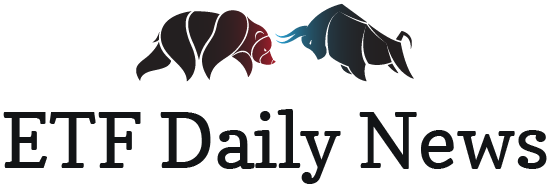The stock market has suffered severe selling pressure over the past few weeks, with the Dow Jones Industrial Average posting its sixth straight losing week, while the S&P 500 and the Nasdaq Composite posted losses for the fifth week in a row. Last week, the Nasdaq Composite declined 1.5%, while the S&P 500 and the DJIA fell more than 0.2% each.
Given that inflation is at its highest level since December 1981, the Fed maintained its aggressive stance by raising the benchmark interest rate by half a percentage point last week. And although Fed Chairman Jerome Powell dismissed raising the interest rates by 75 basis points, the Fed is likely to maintain its hawkish stance in coming weeks and months because it is committed to restoring price stability. Furthermore, Morgan Stanley (MS) equity strategist Mike Wilson believes that the S&P 500 will join the bear market within weeks amid fears of aggressive monetary policy tightening.
Given this backdrop, investors who believe the market has yet to hit a bottom could consider adding inverse ETFs ProShares UltraShort S&P500 (SDS), ProShares Short Russell2000 (RWM), and ProShares Short Dow30 (DOG) to their portfolios.
Launched and managed by ProShare Advisors LLC, SDS invests through derivatives in stocks of companies that operate across diversified sectors. The fund employs a short strategy and uses products such as futures and swaps to create its portfolio. It invests in the growth and value stocks of large-cap companies. The fund seeks to track -2x the daily performance of the S&P 500 Index.
SDS has $812.60 million in assets under management (AUM). Its major holdings include United States Treasury Bills 0.0% 02-JUN-2022, which has a 29.44% weighting in the fund, followed by the U.S. Dollar with a 16.65% weighting, and United States Treasury Bills 0.0% 12-MAY-2022 with a 13.09% weighting.
The ETF has seen net inflows of $130.50 million over the past six months. Its 0.91% expense ratio compares to the 1% category average. SDS has gained 25.2% year-to-date to close the last trading session at $44.21.
SDS’ POWR Ratings reflect this promising outlook. The ETF has an overall B rating, which equates to Buy in our proprietary rating system. The POWR Ratings are calculated by considering 118 distinct factors, with each factor weighted to an optimal degree.
SDS has an A grade for Trade and a B grade for Buy & Hold. Of the 49 ETFs in the A-rated Inverse Equities ETFs group, SDS is ranked #20. Click here to see SDS’ rating for Peer grade.
ProShares Short Russell2000 (RWM)
RWM is an exchange-traded fund managed by ProShare Advisors LLC. It invests through derivatives in stocks of companies that operate across diversified sectors. It employs a short strategy and uses derivatives such as futures and swaps to create its portfolio. The fund invests in the growth and value stocks of small-cap companies. The investment seeks daily investment results that correspond to the inverse (-1x) of the daily performance of the Russell 2000 index.
RWM has $419.20 million in AUM. Its major holding includes the U.S. Dollar, which has a 36.42% weighting in the fund, followed by United States Treasury Bills 0.0% 02-JUN-2022 with a 14.70% weighting, and the United States Treasury Bills 0.0% 09-JUN-2022 with a 12.25% weighting.
The ETF’s 0.95% expense ratio compares to the 1.13% category average. RWM has seen $48.91 million in net inflows over the past month. RWM has gained 26.5% in price over the past six months to close the last trading session at $24.63.
It is no surprise that RWM has an overall A rating, which equates to Strong Buy in our proprietary POWR Ratings system.
RWM has an A for Trade, Buy & Hold, and Peer grade. It is ranked #3 in the Inverse Equities ETFs group.
ProShares Short Dow30 (DOG)
Launched and managed by ProShare Advisors LLC, DOG invests through derivatives in the stocks of companies that operate across energy, real estate, materials, industrials, capital goods, commercial and professional services, consumer staples, health care, financials, information technology, and communication services sectors. It employs a short strategy and uses derivatives such as…
Continue reading at STOCKNEWS.com
